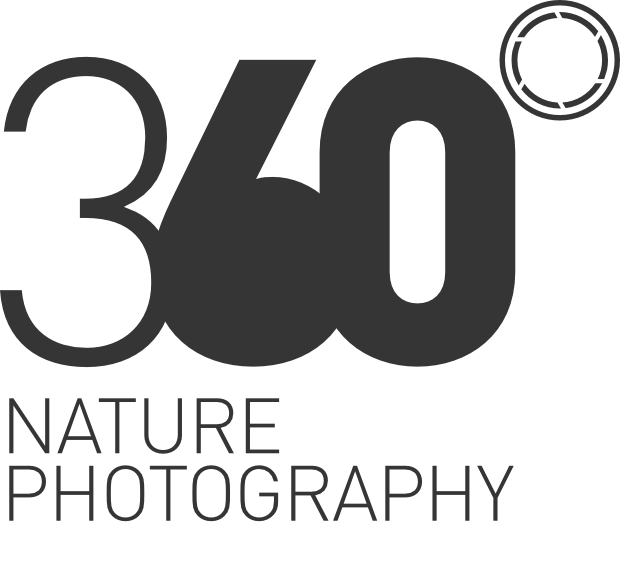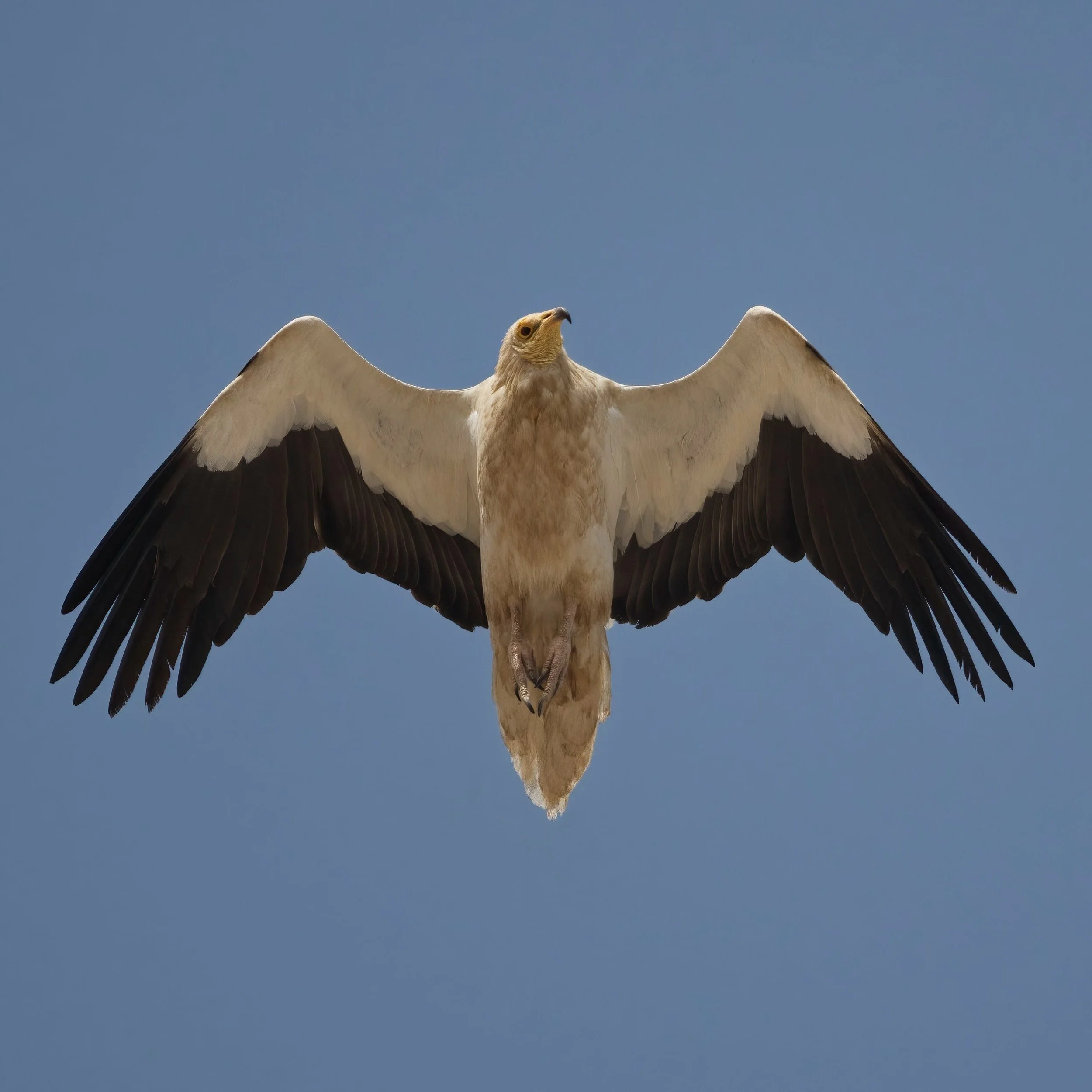A Day I’ll Never Forget – Egyptian Vultures at Jebel Hafeet
Nothing could have prepared me for what was coming. Ever since I moved to the UAE, friends kept telling me about the Egyptian Vultures here—how they soar around Jebel Hafeet in Al Ain, and how special it is to witness them. I did my research, but honestly, there wasn’t much out there. A few shy photos online, not much detail, and definitely no guarantee I’d even find them, let alone photograph them on a first visit.
Still, I went for it.
After checking into the hotel at Jebel Hafeet, I started asking around. “Do you see big white birds flying here?” Every single worker said no. I thought maybe this wasn’t the right time or place. But then, as I was having lunch at the hotel—there it was. A massive white shape glided overhead. I froze. Then the madness started.
I grabbed my gear, jumped in the car, and drove out. After a short hike to get a better vantage point, there they were. A beautiful, healthy colony of Egyptian Vultures soaring right in front of me. Juveniles, adults, and everything in between. In just two hours, I fired off over 2,400 shots. They gave me everything—flyovers above, below, and right at eye level. Some landed near me, others hovered in place. Around 40% of those moments happened at close range. I only used my 500mm lens with a 1.4x teleconverter, and I didn’t need anything else.
Jebel Hafeet isn’t just scenic—it’s an essential stronghold for Egyptian Vultures in the region. The mountain’s rocky cliffs offer perfect nesting and roosting spots, while the quiet surroundings keep them undisturbed. Authorities like the Environment Agency – Abu Dhabi (EAD) are doing their part too.
2016, they’ve tracked vultures with satellite tags to understand their movement and help protect their habitat. Instead of feeding them, they protect the landscape and monitor the population to let nature take its course.
It’s incredible to know that such a rare species finds a home here—and even more incredible to witness it firsthand.






